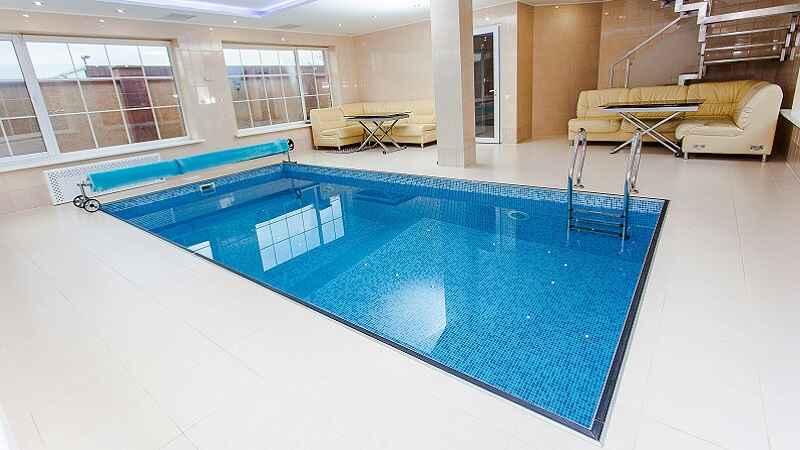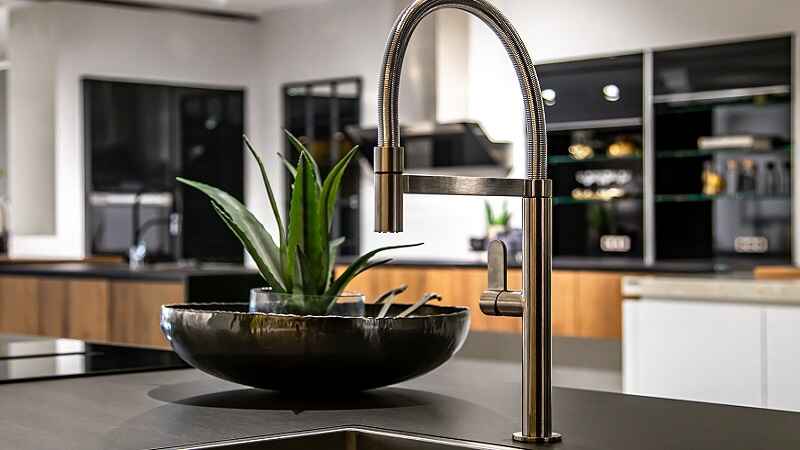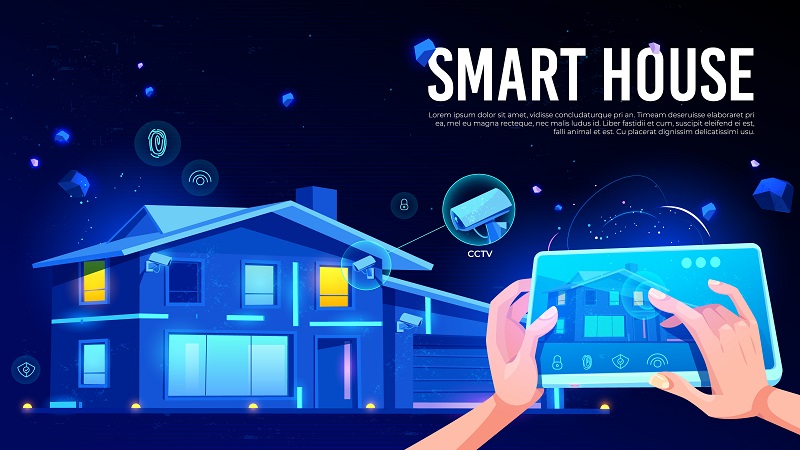Introduction: The Allure of Having a Pool at Home
A swimming pool has long been a symbol of luxury, relaxation, and fun. Today, however, it’s no longer just for the wealthy or resorts — pools are becoming a desirable addition for everyday homeowners. Whether it’s a compact plunge pool in a small backyard or a large lap pool for exercise, there’s truly a pool for every home. This article explores the various types of pools, design ideas, installation options, maintenance tips, and how to choose the perfect pool for your space and lifestyle.
1. Why Every Home Deserves a Pool
A pool is more than a decorative water feature — it’s a lifestyle investment. It brings relaxation, family bonding, entertainment, and even health benefits right to your doorstep. Imagine unwinding after a long day with a refreshing swim or hosting weekend pool parties with friends. Beyond enjoyment, pools can significantly enhance property value, curb appeal, and create a private escape without leaving your home.
2. The Benefits of Having a Home Pool
Owning a pool offers several tangible and emotional benefits:
-
Physical Health: Swimming provides a full-body workout, improves cardiovascular health, and strengthens muscles.
-
Mental Relaxation: Water has a calming effect, helping reduce stress and anxiety.
-
Social Connection: Pools are great for family gatherings, kids’ playdates, or friendly get-togethers.
-
Increased Home Value: A well-designed pool can boost real estate appeal.
-
Personal Enjoyment: Having your own pool means year-round fun, especially in warm climates.
A pool transforms your backyard into a sanctuary — a place to relax, rejuvenate, and reconnect.
3. Different Types of Home Pools
When considering a pool for your home, the options are endless. Here are some of the most popular types:
a. In-Ground Pools
These are permanent, custom-built pools installed into the ground. They are typically made of concrete, fiberglass, or vinyl. In-ground pools offer the best aesthetic appeal and durability but require more investment.
b. Above-Ground Pools
Affordable and easy to install, above-ground pools are perfect for smaller budgets or rented properties. They can be disassembled when needed and come in various sizes and materials.
c. Plunge Pools
Compact and stylish, plunge pools are ideal for small spaces or courtyards. They’re perfect for cooling off or hydrotherapy without needing a large yard.
d. Infinity Pools
Known for their visual illusion of water flowing over the edge, infinity pools are luxurious and often seen in hillside or ocean-view properties.
e. Lap Pools
Designed for fitness enthusiasts, lap pools are long and narrow — perfect for swimming laps and staying in shape.
f. Natural Pools
Blending seamlessly with nature, these eco-friendly pools use plants and filtration systems instead of chemicals to keep the water clean.
4. Choosing the Right Pool for Your Home
The best pool depends on your space, budget, climate, and lifestyle. Ask yourself:
-
How much space is available?
-
Do you want a pool for exercise, relaxation, or entertainment?
-
What is your maintenance budget?
-
Do you prefer modern or natural aesthetics?
A small plunge pool may suit urban homes, while rural or suburban properties can accommodate large in-ground pools with decks or patios. Consulting a pool designer can help you visualize what works best for your layout.
5. Designing Your Dream Pool
Pool design goes far beyond the shape or size — it’s about creating harmony between your home and the outdoor environment. Key design elements include:
-
Shape & Size: Rectangular pools are classic, while kidney and freeform shapes offer a natural look.
-
Lighting: LED underwater lights enhance night-time ambiance.
-
Tiles & Finishes: Choose from mosaic, pebble, or smooth plaster finishes to match your home’s theme.
-
Surroundings: Add decking, landscaping, and water features like fountains or waterfalls.
-
Safety Features: Install fences, covers, and slip-resistant materials.
With thoughtful design, your pool becomes an extension of your home — blending functionality and beauty.
6. Space-Saving Pool Ideas for Small Homes
Even if you have limited space, you can still enjoy the luxury of a pool. Consider:
-
Rooftop Pools: A modern trend for urban homes, rooftop pools maximize unused space.
-
Courtyard Pools: Ideal for privacy, these pools can double as a decorative centerpiece.
-
Compact Plunge Pools: Perfect for cooling off in small backyards.
-
Swim Spas: A hybrid between a spa and pool — compact, heated, and great for exercise.
Smart design ensures that even the smallest homes can have a relaxing aquatic retreat.
7. Pool Installation Process Explained
Installing a pool involves several stages:
-
Planning & Design: Determine pool type, placement, and permits.
-
Excavation: Digging the area for in-ground pools.
-
Framework & Plumbing: Setting up the pool structure and water circulation system.
-
Finishing Touches: Adding tiles, lighting, and surrounding features.
-
Filling & Testing: Once built, the pool is filled and tested for leaks and balance.
Choosing an experienced contractor ensures smooth installation, compliance with local regulations, and long-term quality.
8. Essential Pool Maintenance Tips
Owning a pool requires consistent care to keep it clean and safe. Follow these basic maintenance practices:
-
Regular Skimming & Vacuuming: Remove leaves, insects, and debris.
-
Check Chemical Levels: Maintain pH between 7.2 and 7.8 for safe swimming.
-
Filter Cleaning: Rinse filters weekly and replace as needed.
-
Shock Treatments: Periodically use chlorine shock to kill bacteria and algae.
-
Inspect Equipment: Ensure pumps, heaters, and drains work efficiently.
A well-maintained pool lasts longer, looks better, and provides a healthier environment for swimmers.
9. Energy-Efficient Pool Solutions
Modern technology makes pools more eco-friendly and cost-effective. Here’s how you can save energy:
-
Solar Heaters: Use sunlight to warm your pool naturally.
-
LED Lighting: Consume less power and last longer.
-
Variable Speed Pumps: Adjust power levels based on pool usage.
-
Automatic Covers: Reduce evaporation and heat loss.
-
Natural Filtration Systems: Use plants and minerals instead of chemicals.
These upgrades reduce utility bills while minimizing your environmental footprint.
10. Safety Measures for Home Pools
Safety is a top priority for every homeowner with a pool. Follow these tips:
-
Install Pool Fences: Prevent unsupervised access, especially for children.
-
Use Pool Alarms: Alerts when someone enters the water unexpectedly.
-
Supervise at All Times: Never leave children alone near the pool.
-
CPR Training: Essential for emergencies.
-
Non-Slip Surfaces: Prevent falls around the pool area.
With these precautions, your pool remains a fun and secure space for everyone.
11. Landscaping Ideas Around the Pool
A beautiful poolside landscape elevates your outdoor space. Consider:
-
Palm Trees or Bamboo: For a tropical vibe.
-
Stone Pathways: Add elegance and accessibility.
-
Outdoor Furniture: Create a comfortable lounging area.
-
Water Features: Small fountains or spillways add serenity.
-
Lighting: Soft garden lights enhance ambiance at night.
Thoughtful landscaping can turn your backyard into a resort-style escape.
12. The Cost of Installing a Pool
Pool costs vary widely depending on type, materials, and size:
-
Above-Ground Pool: $2,000 – $10,000
-
In-Ground Vinyl Pool: $25,000 – $45,000
-
Fiberglass Pool: $30,000 – $60,000
-
Concrete Pool: $50,000 – $100,000+
Additional expenses may include fencing, decking, heating, and ongoing maintenance. While pools require investment, they provide lasting value, comfort, and beauty.
13. DIY vs. Professional Pool Installation
While DIY pool kits exist for above-ground models, in-ground pools should always be handled by professionals.
DIY Advantages: Lower initial cost and flexibility.
DIY Disadvantages: Risk of leaks, poor drainage, and no warranties.
Professional Benefits: Expert design, reliable structure, and long-term support.
For safety, quality, and durability, hiring licensed contractors is the smarter choice.
14. How a Pool Increases Property Value
A well-designed pool can boost your home’s value by up to 7–10%. It’s an attractive feature for potential buyers, especially in warmer regions. Factors that influence value include:
-
Pool condition and maintenance.
-
Integration with home aesthetics.
-
Energy-efficient systems.
-
Safety and usability.
To maximize return, choose timeless designs that complement your home’s architecture.
15. Future Pool Trends
The pool industry continues to evolve with new innovations:
-
Smart Pool Systems: Control temperature, lights, and cleaning via smartphone apps.
-
Saltwater Pools: Softer on skin and eco-friendly.
-
Minimalist Designs: Sleek edges and geometric shapes.
-
Dark Pool Interiors: For modern aesthetics and heat retention.
-
Compact Urban Pools: Designed for rooftops or courtyards.
These trends make pools more functional, sustainable, and stylish than ever.
Conclusion: A Pool for Every Lifestyle
Whether you have a spacious backyard or a small city terrace, there truly is a pool for every home. From affordable above-ground options to luxurious infinity designs, the right pool enhances your lifestyle, increases property value, and creates memories that last a lifetime.
Investing in a pool isn’t just about water and tiles — it’s about creating a personal oasis, a place of joy, relaxation, and connection. With the right planning and care, your home can have the perfect pool to suit your dreams.



